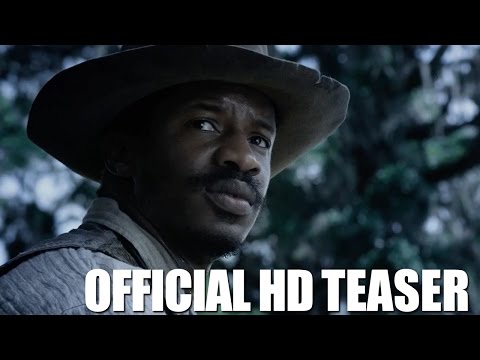#histodons #History #BlackMastodon #Photography #BlackAndWhite #photo
1/19
Image: Emancipation and Freedom monument at Brown’s Island, Richmond, Virginia.

Primary Sources
Gray, Thomas R. The Confessions of Nat Turner, the Leader of the Late Insurrection in Southampton, VA. Baltimore: T. R. Gray, 1831. Reprinted in various editions; digital facsimile available at Documenting the American South. https://docsouth.unc.edu/neh/turner/menu.html.
Virginia General Assembly. Documents Relating to the Southampton Insurrection. Richmond: Virginia State Library, 1831–1832.
Source: https://www.loc.gov/item/00001930/?utm_source=chatgpt.com
15/19
Primary Sources Cont.
“Rebellion in Southampton.” Richmond Enquirer, August–September 1831. See also Norfolk Herald and Petersburg Intelligencer for contemporary newspaper coverage.
Source: https://www.digitalhistory.uh.edu/disp_textbook.cfm?psid=357&smtID=3&utm_source=chatgpt.com
Secondary Sources
Aptheker, Herbert. Nat Turner’s Slave Rebellion: Together with the Full Text of the So-Called “Confessions” of Nat Turner. New York: International Publishers, 1937.
Source: https://archive.org/details/natturnersslaver0000herb?utm_source=chatgpt.com
16/19
More Secondary Sources
Breen, Patrick H. The Land Shall Be Deluged in Blood: A New History of the Nat Turner Revolt. New York: Oxford University Press, 2015.
French, Scot. The Rebellious Slave: Nat Turner in American Memory. New York: Houghton Mifflin, 2004.
Source: https://archive.org/details/rebelliousslaven00fren_0?utm_source=chatgpt.com
Greenberg, Kenneth S., ed. Nat Turner: A Slave Rebellion in History and Memory. New York: Oxford University Press, 2003. Source: https://archive.org/details/natturnerslavere0000unse?utm_source=chatgpt.com
17/19
Still More Secondary Sources
Greenberg, Kenneth, ed. The Confessions of Nat Turner and Related Documents. Boston: Bedford/St. Martin’s, 1996. Source: https://archive.org/details/confessionsofnat00gree?utm_source=chatgpt.com
Oates, Stephen B. The Fires of Jubilee: Nat Turner’s Fierce Rebellion. New York: Harper & Row, 1975. Source: https://archive.org/details/firesofjubileena0000oate?utm_source=chatgpt.com
Styron, William. The Confessions of Nat Turner: A Novel. New York: Random House, 1967.
18/19
Final Secondary Sources
Clarke, John Henrik, ed. William Styron’s Nat Turner: Ten Black Writers Respond. New York: Random House, 1968. Source: https://archive.org/details/in.ernet.dli.2015.148990?utm_source=chatgpt.com
William Sidney Drewry, The Southampton Insurrection: Nat Turner’s Rebellion (Washington, DC: The Neale Company, 1900), PDF, Internet Archive, https://dn720101.ca.archive.org/0/items/southamptoninsur00drew/southamptoninsur00drew.pd
19/19
Would love some alt text. When I enlarged the photos, they weren’t clear enough to read.